By Dorji Bidha, a Bhutanese culture and trekking guide, and Bhutan Homestay host in Drukgyel, Paro. The following is her account of Jomolhari trek during her trekking guide training in 2020.
My country Bhutan has attracted some of the world’s most bold and brave adventurers since the launch of tourism here in the 1970s. However, in order to enjoy our heavenly peaks, one does not have to be Edmund Hillary. Experiencing our planet’s most impressive Himalayan Mountains can be on anybody’s bucket list.
Impressive trekking routes throughout the year
In Bhutan, the now carbon neutral kingdom where I come from, you will find the famous Snowman Trek. It is considered one of the world’s toughest treks due to its long duration through remote areas of varying altitudes. Nowadays, the route offers an abundance of safe mountain trails, with views to take your breath away, and memories that will last for a lifetime.
Bhutan boasts numerous trekking routes during all seasons; in winter we have the Nabji Korphu (Monpa) Trek. This region is famous for the Monpa, one of four of our indigenous population groups. Lying within Bhutan’s warm temperate zone, the best season to do this trek is during the winter – otherwise it will be unbearably hot. Along this route you will you will be amazed if you are a nature person or bird enthusiast, and come across an abundance of birds and orchids. Furthermore, you will learn how and why the second Buddha (Guru Rinpoche) first came to Bhutan, and see many marks on the way indicating his presence from the past.
We have other wonderful winter treks as well, such as the Samteng Gang Trek and the Sinchula Trek both offering rich histories and picturesque scenes along the way.
My adventure begins…
On November 16th of what I call the Corona year (2020), I packed up all the necessary trekking equipment for the Jomolhari Round Trek. This trek in general is known as the “mother of all treks”, its route offering several detours and connecting treks – the Jomolhari Loop Trek, Jomolhari Round Trek, Laya Lingzhi Trek and even Snowman Trek start from here. The term “Jomo” refers to a local female deity who is believed to reside on the particularly mighty Jomolhari snow mountain peak which we locals consider to be sacred.
We started our trek at Shana, a small village clustered near the army check post, Gunitsawa. After walking for roughly seven hours (twenty-two kilometers from the starting point) our first night was spent at Thangthangka, approximately 3,750m above sea level. On the way we met semi-nomads who were going to collect yak fodder from the valley. Our first day was overwhelming yet successful since the route was considered moderate. And as we ascended towards our next camp on the following day, there were many heartwarming sights and sounds from the sub-alpine forests, birds and river flowing right next to us.

Rest day and time for excursion
The next day we reached the Soe Yuetoey Community, a couple of hours after crossing Soe check post. After climbing for another hour we made it to the Jangothang Community, which has a basic health unit (BHU), a school, the local block (gewog) administration and a few households. From there we continued half an hour to our campsite Jangothang. There we had a rest-day, although it was still eventful – we made an exciting excursion to Tso Phu (Twin Lake) and later in the evening went to see a glacier lake at the base of Jitchu Drakay and Jomolhari. It was fantastic!
The next day we continued our trek, ascending 850 meters to Neylela, the toughest, windiest yet most impressive pass I have seen so far. We finally reached Lingzhi by dusk. On the way we enjoyed spectacular views of mountains, passes and lakes. We also saw many magnificent animals, including snow leopards, a large number of blue sheep,, and birds such as the Himalayan Griffon, ravens, and choughs.
Later, we visited Lingzhi Dzong, which was built by the third Druk Desi Chogyal Minjur Tempa in 1668 to commemorate the Drukpa victory over Tibetan invasions.
The road is approaching…
We were very fortunate as from there we easily crossed the highest pass, Yaklela, without any difficulties. We then descended to Shodu, where the treeline begun and it started to become much warmer. From there we had a half-day walk to reach our final campsite at Barshong. Barshong has a Dzong with 30 monks, a school and a few households. A road is also under construction and will probably be completed in a few months’ time.
During this exhausting but pleasurable trek we crossed two highly impressive passes. We also learned so much about the culture and traditions of the semi-nomads at Soe, Yaksa and Lingzhi. Not only that, we came across different types of mammals and captivating flora and fauna. Bhutan has 776 species of birds and on this trek, we saw so many of them, including the Raven (corves corex) the national bird of Bhutan, the Red-billed chough, Yellow-billed magpie, Cold tit and Himalayan Griffon.
I love my beautiful country and, once the current pandemic is contained, I look forward very much to guiding future treks for Bhutan Homestay guests.


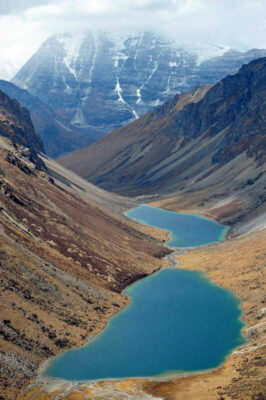
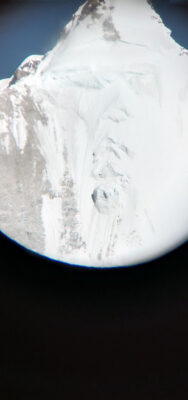
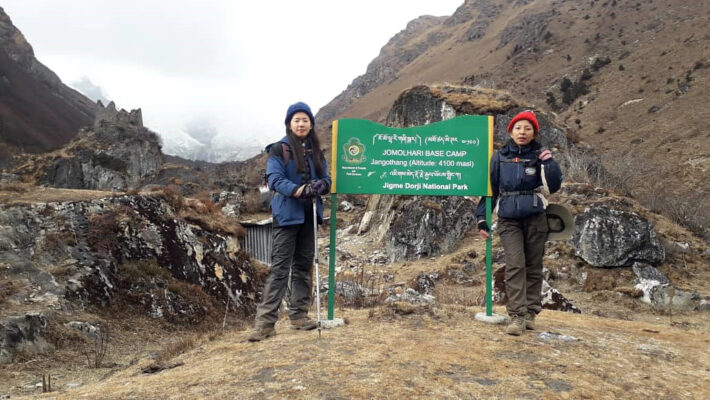
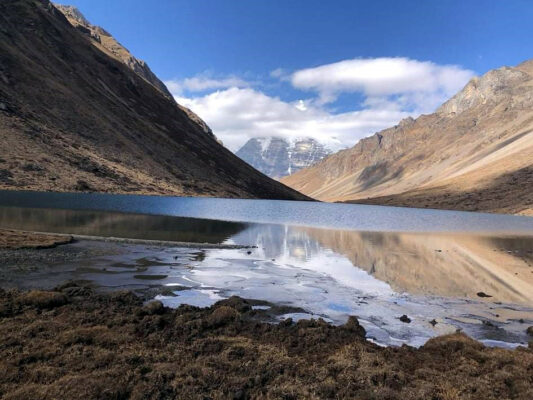
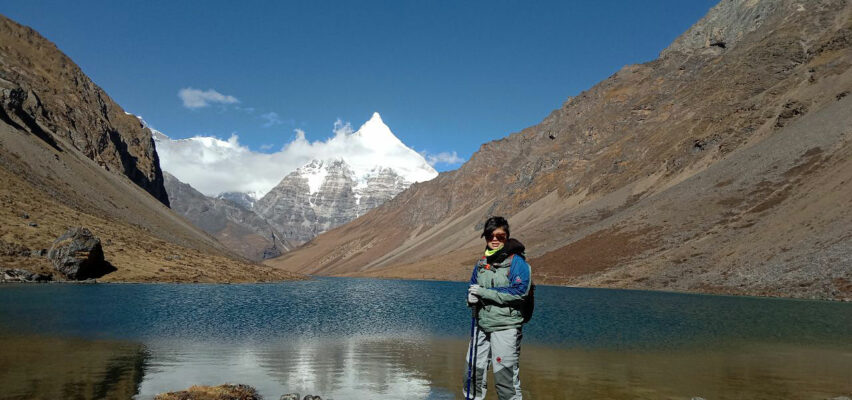
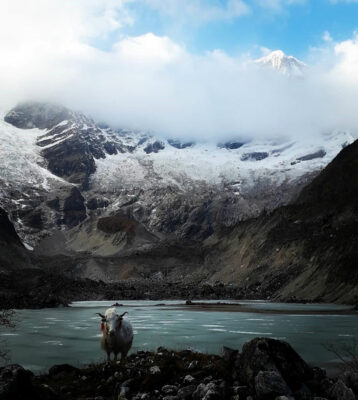
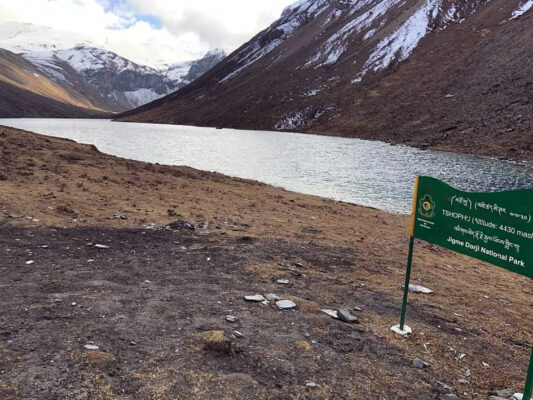
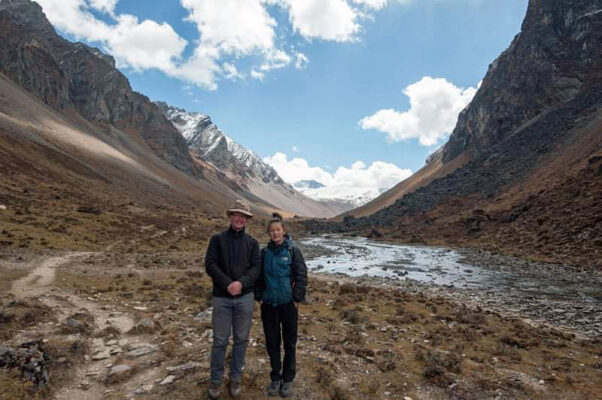
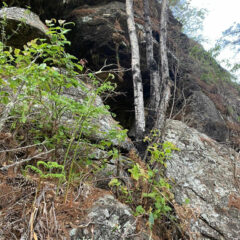
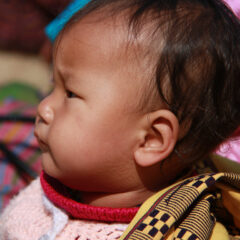
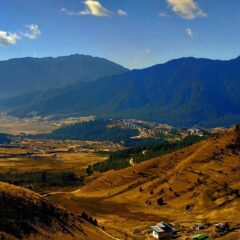
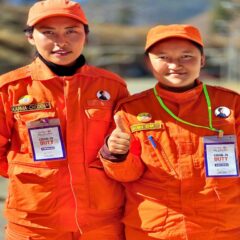
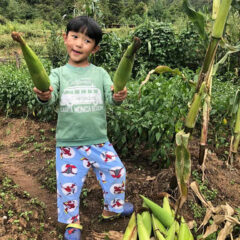
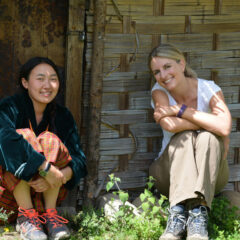
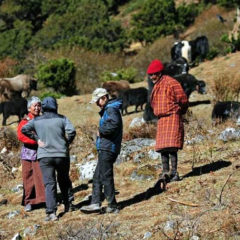
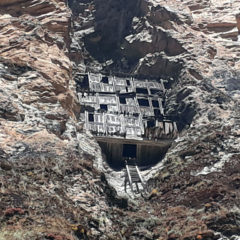
Leave a Reply